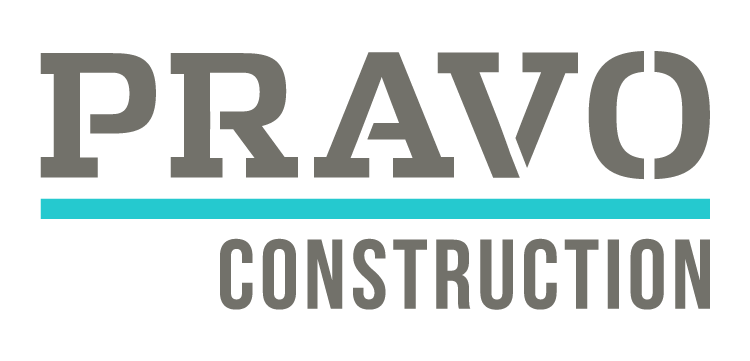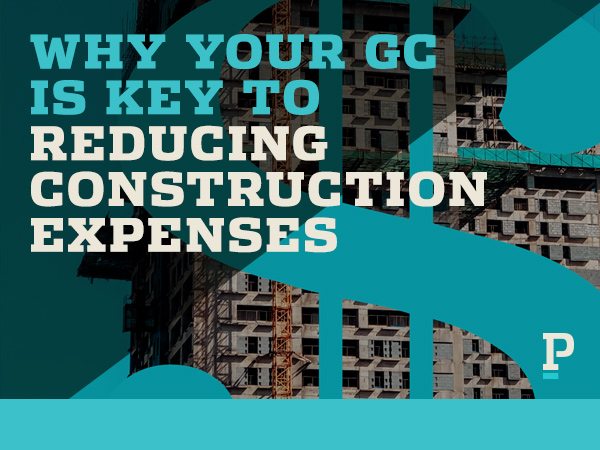By Drew Hanish
If construction projects are always challenging to get financial approvals to move forward, this is a more significant challenge now than in recent years. Material Costs, Supply Chain Disruptions, Labor Shortages, Increased Labor Costs, Financing Costs, and Rising Interest Rates drive higher-than-anticipated construction costs.
As the budgeting phase sets the foundation for the construction process, it presents an opportune time to reduce costs and optimize the project’s financial viability. By providing comprehensive cost Breakouts, Alternates and implementing Value Engineering techniques during the bid phase, project stakeholders can drive down construction costs while maintaining quality and adhering to project requirements. Let’s explore the benefits and strategies of utilizing cost Breakouts, Add & Deductive Alternates, and Value Engineering to achieve the cost reductions necessary to get your construction project approved and moving forward.
- Breakouts – Requested breakouts are most typically seen for creative architectural design features that may require assumptions or constructability analysis to be made in order to price and may vary in cost from each subcontractor. These items typically will lead to a conversation on approach, assumptions, and ways for the design team to optimize the scope to achieve the desired design and costs. Breakouts can also be helpful for large MEP service scopes (new RTUs, incoming water/TAP plan, upgraded electrical service, etc.) where a building owner or landlord may contribute to those costs based on the lease agreement.
- Add & Deductive Alternates – These are mostly requested for specific finish materials where the design team may be between selecting a few specifications. Providing alternates will allow the team to solidify selections. Alternates are also helpful when identifying long-lead equipment/materials. If equipment or material does not meet the demand of the schedule, alternates need to be provided and evaluated against the overall schedule and costs.
- Value Engineering – These items are large scopes that can be removed or reselected to significantly impact the cost—material substitutions, design simplifications, energy efficiency measures, modularization, etc. In the initial phase, this is most successfully done when architects, engineers, general contractor, subcontractors, vendors, etc., provide items. If costs cannot be finalized, a rough order magnitude will allow it to be evaluated further. There are no bad ideas for this effort at this phase.
Providing Breakouts, Alternates, and exploring Value Engineering during the pricing phase empowers project owners to make informed decisions, optimize costs, and enhance project value. By leveraging these practices, you can approve your construction project and move forward.
P.S. – In Q2 & Q3 of 2023, the central Texas construction market is still busy. An organized request for Breakouts, Add/Deductive Alternates or Value Engineering items at the time of pricing is essential. Subcontractor pricing exhaustion from multiple rounds of pricing efforts will reduce market confidence in the project, reduce competitive pricing from subcontractors’ declines at numerous rounds, and increase the opportunity for subcontractors to price higher to cover the lack of confidence.

